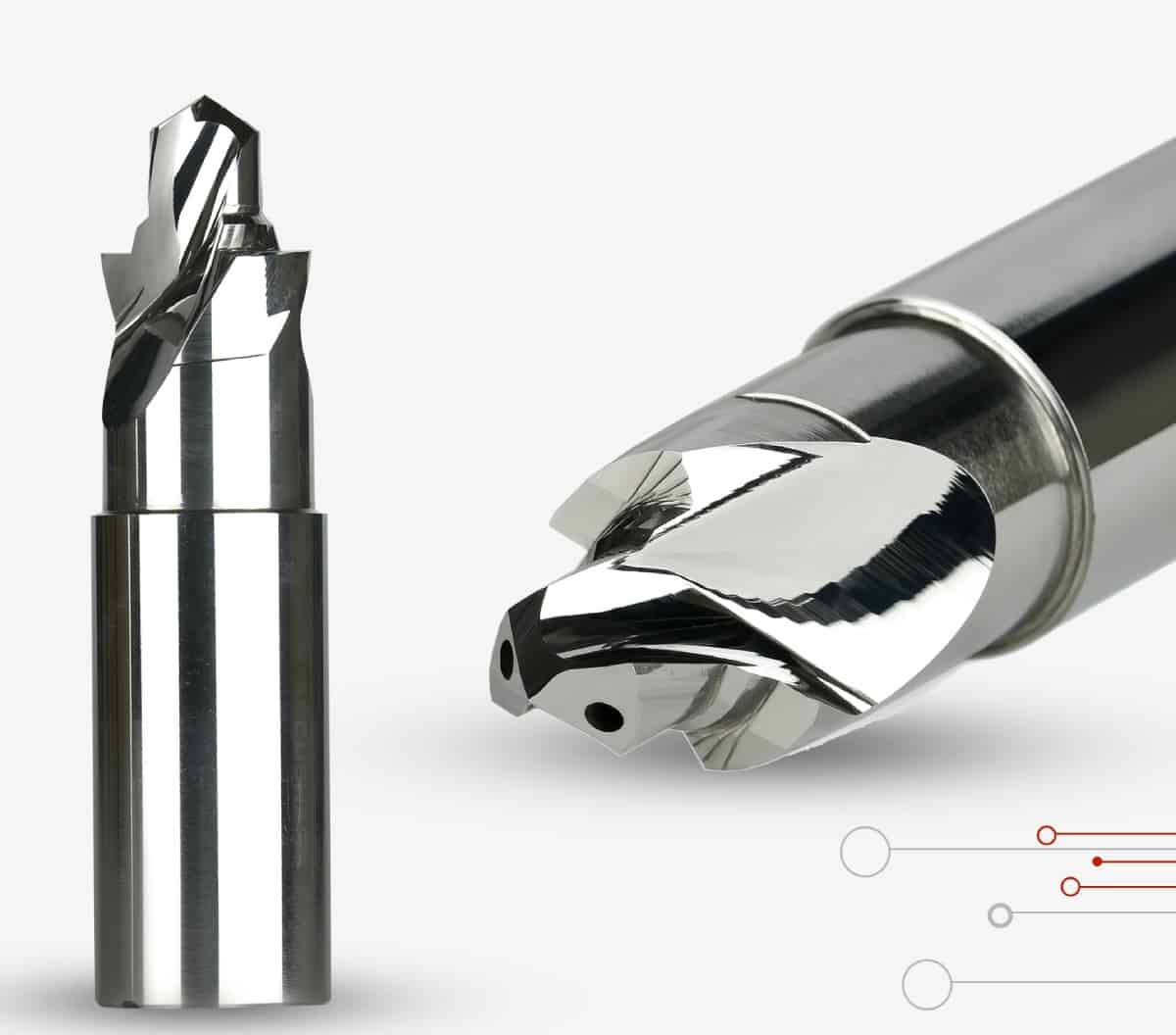The size of the global Carbide Tools market is anticipated to increase from USD 10.39 billion in 2021 to USD 15.47 billion in 2029, at a CAGR of 5.5% over the forecast period, according to Fortune Business Insights. Cutting tools have truly grown significantly in importance with the rise in demand brought on by global industrialization and the requirement for an operational and well-functioning economy when it comes to heavy industrial activities and extraordinary production.
The convergence of Industry 4.0 with the potential for extensive commerce and adoption on the cutting tool market has also been one of the industry’s biggest trends. Things appear good for the players in the manufacturing of cutting tools, especially with the suite of Industrial Internet of Things solutions designed to make it easier for industrialists to organize for Industry 4.0.
Also, the use of new-age technology is pushing industrialists to use modern tools in order to take advantage of the expanding worldwide needs. The industry is always looking for technological answers to the problems it has been facing for years.
The industry’s use of cutting-edge techniques and technology indicates that India is actively strengthening its positioning as a hub for global manufacturing while simultaneously setting ambitious infrastructure goals.
The cutting tool industry, whose demand comes from a diverse range of industries, is eager to embrace the chance. Adoptive as they are, Indian manufacturers are continually seeking ways to use innovative technology to address the obstacles that come with delivering the anticipated demands.
- Constantly Increasing Demand
The industry is well positioned to take advantage of opportunities in a growing economy, thanks to the cross-sectoral demand for improved cutting tools. Demand for innovative cutting tools will continue to increase in the upcoming years, driven by industries as broad as general engineering, transportation, energy, and the aerospace market. This is also because the effective use of cutting tools affects manufacturing costs as a whole.
- Expanding Obstacles
Each application—boring, drilling, or deep hole drilling—presents a unique difficulty in terms of choosing the right cutting tool. The most popular cutting tool, the drill, which comes in different shapes for different sorts of applications, is seeing a significant transition in terms of technology adoption due to the numerous issues it poses. Drilling, deep hole drilling, and boring are three of the most complicated machining operations, and they have all seen the development of several solutions to the problems they provide.
One of the trickiest machining procedures is hole creation. At the same time, developments in the field of hole-making have a significant impact on the production of extremely complex objects. On the shop floor, issues like changing drills, which increases operation time, and setting boring tools, which introduces errors and backlashes, are daily occurrences.
Among the most significant difficulties that drill operators have are chip evacuation, chip jamming, chips getting out of control, and inappropriate chip evacuation. Other warning signs include vibration and a lack of coolant.
- Technology Advancement
Indian enterprises are implementing more sophisticated production techniques than those in certain other developed nations. Hole Making for India asserts that manufacturers are adopting technology more quickly than ever before. The market’s rising NPS (New Product Sales) ratio, which indicates that “the rate at which customers and producers are adopting change in the technologies is increasing,” proves the thesis for India.
Businesses must provide clients with a compelling value distinction in a cutthroat market. Adopting developing trends in cutting tools with innovation, streamlined manufacturing processes, sophisticated surface treatments and grades help producers to generate that competitive value distinction.
The sector does, however, provide a wide range of end-users. Therefore the adoption rate of new technologies naturally fluctuates depending on the end markets a manufacturer targets. Customers who produce intricate, crucial parts with tight tolerances adopt new technology more quickly than those who produce less important parts.
Similarly to this, clients who produce components in batches would have a different adoption rate than those who produce in large quantities.
Aside from such unique variations, “cutting tools will lead the charge” as new technologies continue to impact the future of the manufacturing business.
- Inserts for cutting tools
The cutting tool inserts market is another one that will experience good expansion. Because cutting tool inserts have a short lifespan of only fifteen minutes, the majority of revenues in the market for cutting tool inserts originate from replacement. The market for cutting tool inserts is predicted to develop incrementally over the coming years as a result of the ongoing requirement for replacement through new units.
- Slowed-down boring-bar technology
Vibration reduction in turning by damped boring bar technology is another significant cutting-tool advancement that should raise some red flags. Cutting tools made with this technique have improved hole quality and reduced vibration when performing extended-reach internal turning operations.
Thus, practically all major tool manufacturers offer some form of damped boring bar technology for this frequently problematic application. Moreover, manufacturers have developed instruments with Bluetooth-capable sensors and a smartphone app to actively check dull conditions.
- 3D Printing
Cutting-tool goliaths are pursuing another cutting-edge tool-making approach to advance the evolution in this market, using a technology that can expand the number of manufacturers familiar with 3D Printing. Businesses are experiencing remarkable success in the autonomous vehicle manufacturing industry, reducing the milling time on a composite shuttle chassis massively. Moreover, setup times were shortened because of the quick-change Capto head.
The Closing Statement
Today, a significant factor limiting the growth of the cutting tools market is the environmental issues and the health of the cutting tools. Cutting fluids are heavily reliant on suppliers and machine tool manufacturers to regulate the high temperature, reduce wear and rust, offer lubricity, and provide chip evacuation in cutting tools. Even yet, the machine operators’ health may be vulnerable as a result of the fluid exposure. With ongoing and significant infusions of R&D funding, traditional alternatives are emerging with improvements in industrial safety gear for operators.


